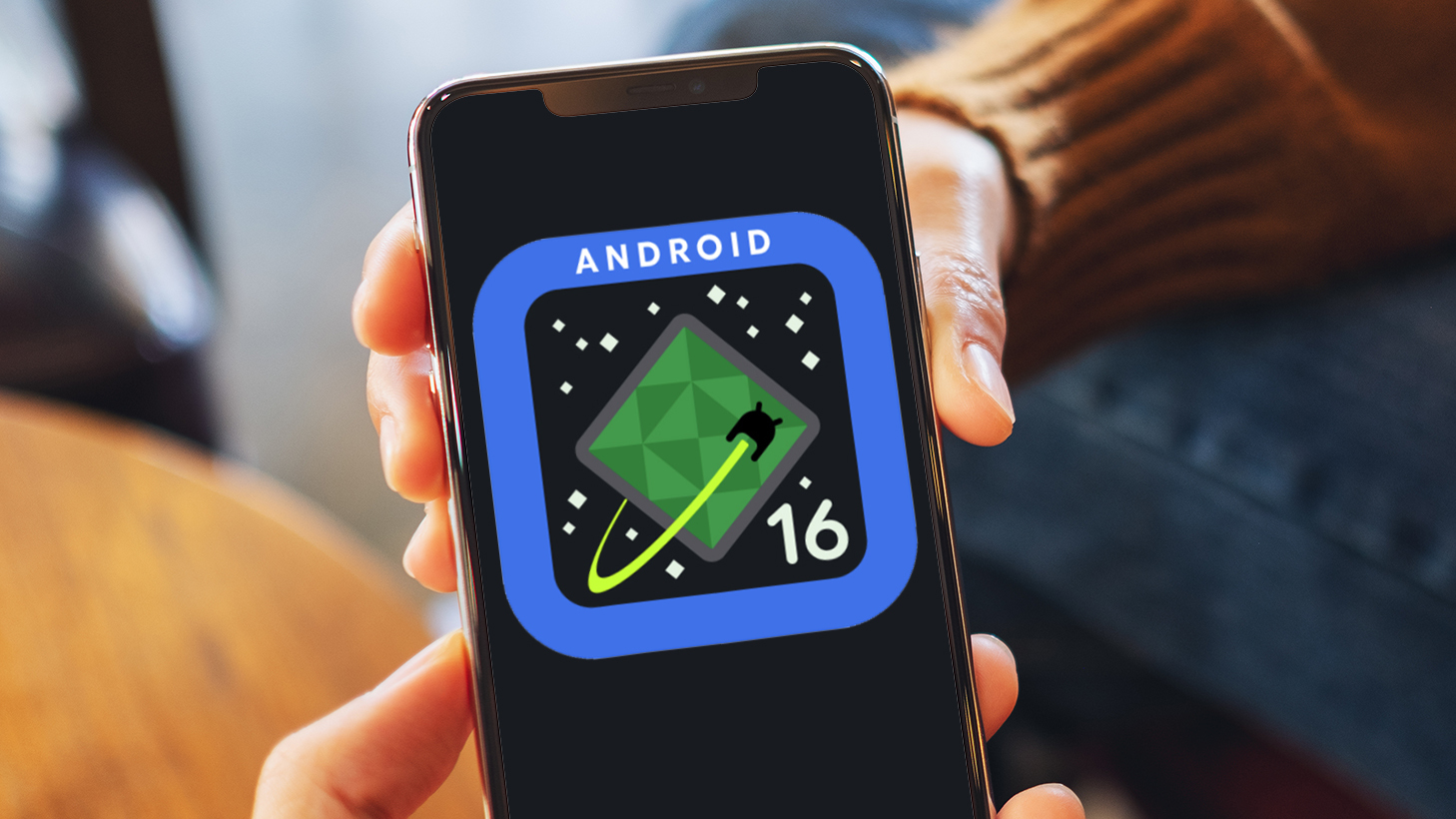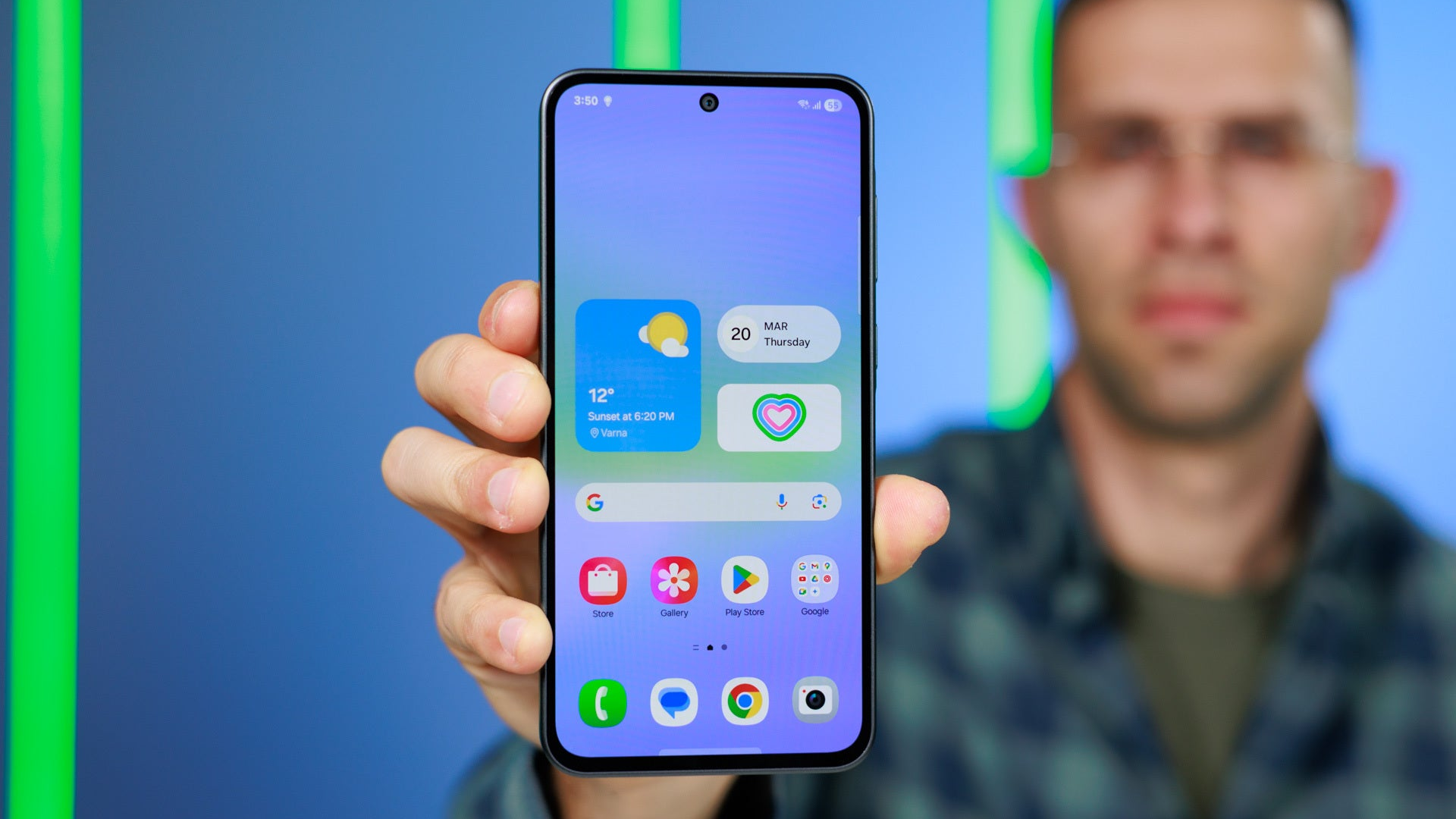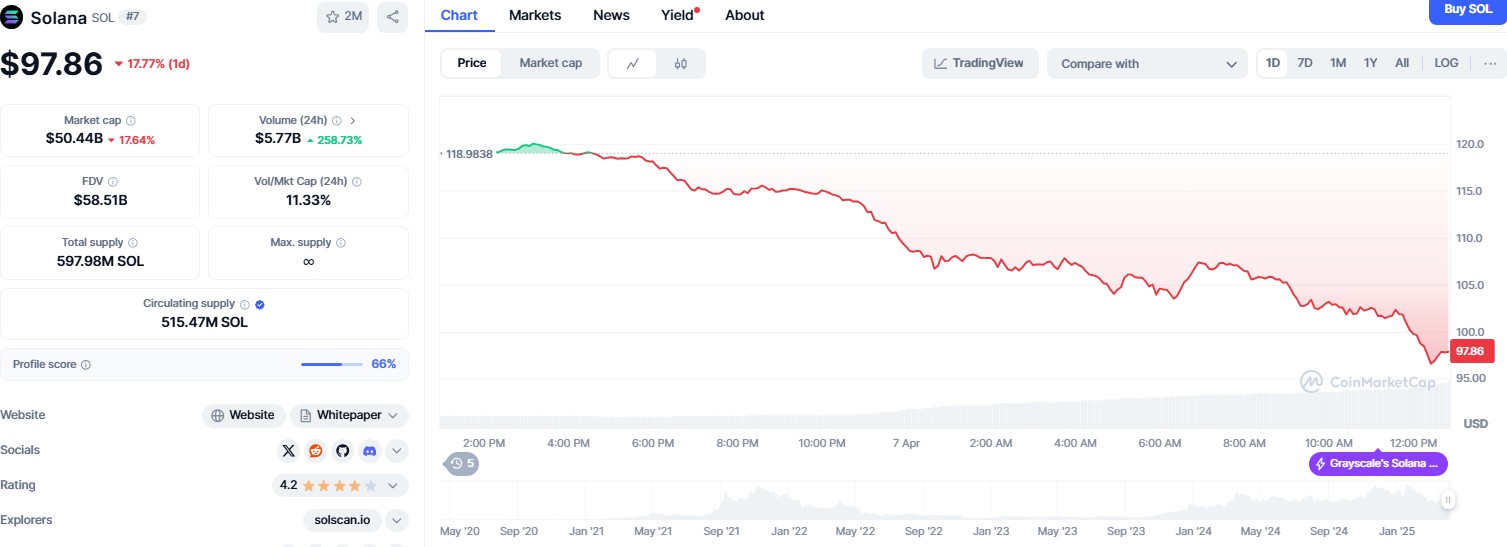How to Implement Google Login in Laravel
Google Login allows users to authenticate with your Laravel application using their Google accounts. This simplifies the login process and enhances security by reducing the need for traditional passwords. Prerequisites Laravel installed (version 8+ recommended) Composer installed A Google Developer account Step 1: Set Up Google OAuth Credentials Go to the Google Cloud Console. Create a new project or select an existing one. Navigate to APIs & Services > Credentials. Click on Create Credentials > OAuth Client ID. Select Web application as the application type. In "Authorized Redirect URIs," add: http://127.0.0.1:8000/auth/google/callback Click Create, then copy the Client ID and Client Secret. Step 2: Install Laravel Socialite Socialite is Laravel's official package for handling OAuth authentication. Run this command to install it: composer require laravel/socialite Step 3: Configure Google OAuth in Laravel Add your Google credentials to the .env file: GOOGLE_CLIENT_ID=your-google-client-id GOOGLE_CLIENT_SECRET=your-google-client-secret GOOGLE_REDIRECT_URI=http://127.0.0.1:8000/auth/google/callback Then, add the Socialite configuration in config/services.php: return [ 'google' => [ 'client_id' => env('GOOGLE_CLIENT_ID'), 'client_secret' => env('GOOGLE_CLIENT_SECRET'), 'redirect' => env('GOOGLE_REDIRECT_URI'), ], ]; Step 4: Create Routes for Google Login Add these routes in routes/web.php: use App\Http\Controllers\GoogleController; Route::get('/auth/google', [GoogleController::class, 'redirectToGoogle'])->name('google.login'); Route::get('/auth/google/callback', [GoogleController::class, 'handleGoogleCallback']); Step 5: Create Google Authentication Controller Run the following command to generate the controller: php artisan make:controller GoogleController Then, update app/Http/Controllers/GoogleController.php: namespace App\Http\Controllers; use Exception; use App\Models\User; use Illuminate\Http\Request; use Illuminate\Support\Facades\Auth; use Laravel\Socialite\Facades\Socialite; class GoogleController extends Controller { public function redirectToGoogle() { return Socialite::driver('google')->redirect(); } public function handleGoogleCallback() { try { $googleUser = Socialite::driver('google')->user(); // Check if a user with this email exists $user = User::where('email', $googleUser->email)->first(); if (!$user) { // Create a new user if not found $user = User::create([ 'first_name' => $googleUser->name, 'email' => $googleUser->email, 'google_id' => $googleUser->id, 'password' => bcrypt(uniqid()), // Random hashed password ]); } // Log in the user Auth::login($user); return redirect()->route('dashboard')->with('success', 'Login successful!'); } catch (Exception $e) { return redirect()->route('login')->with('error', 'Something went wrong: ' . $e->getMessage()); } } } Step 6: Add Google Login Button to Your View In your login page view (resources/views/auth/login.blade.php), add the Google login button: Login with Google Step 7: Test the Integration Start your Laravel development server: php artisan serve Open http://127.0.0.1:8000/login and click "Login with Google." Sign in with your Google account. If everything is set up correctly, the user will be logged in and redirected to the dashboard. Conclusion You have successfully implemented Google login in your Laravel application using Socialite. This method enhances security and improves user experience by allowing authentication without requiring passwords.
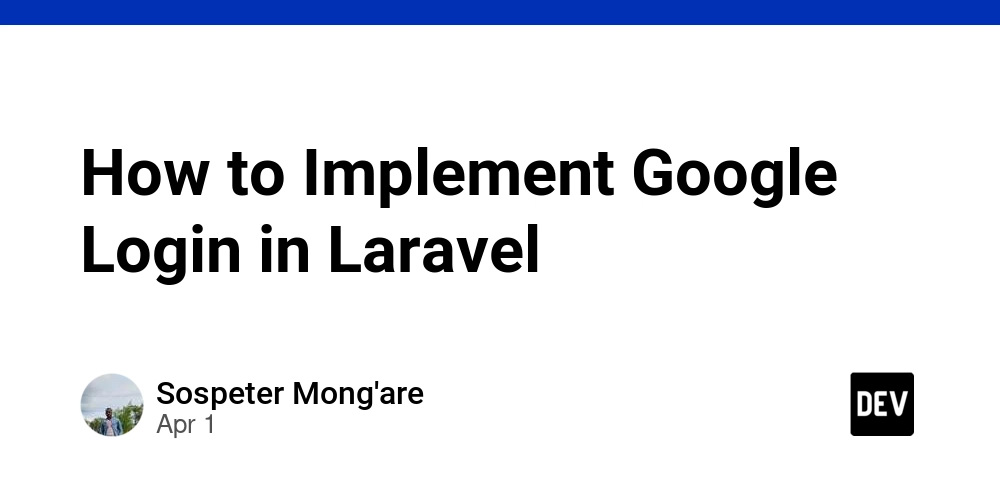
Google Login allows users to authenticate with your Laravel application using their Google accounts. This simplifies the login process and enhances security by reducing the need for traditional passwords.
Prerequisites
- Laravel installed (version 8+ recommended)
- Composer installed
- A Google Developer account
Step 1: Set Up Google OAuth Credentials
- Go to the Google Cloud Console.
- Create a new project or select an existing one.
- Navigate to APIs & Services > Credentials.
- Click on Create Credentials > OAuth Client ID.
- Select Web application as the application type.
- In "Authorized Redirect URIs," add:
http://127.0.0.1:8000/auth/google/callback
- Click Create, then copy the Client ID and Client Secret.
Step 2: Install Laravel Socialite
Socialite is Laravel's official package for handling OAuth authentication.
Run this command to install it:
composer require laravel/socialite
Step 3: Configure Google OAuth in Laravel
Add your Google credentials to the .env file:
GOOGLE_CLIENT_ID=your-google-client-id
GOOGLE_CLIENT_SECRET=your-google-client-secret
GOOGLE_REDIRECT_URI=http://127.0.0.1:8000/auth/google/callback
Then, add the Socialite configuration in config/services.php:
return [
'google' => [
'client_id' => env('GOOGLE_CLIENT_ID'),
'client_secret' => env('GOOGLE_CLIENT_SECRET'),
'redirect' => env('GOOGLE_REDIRECT_URI'),
],
];
Step 4: Create Routes for Google Login
Add these routes in routes/web.php:
use App\Http\Controllers\GoogleController;
Route::get('/auth/google', [GoogleController::class, 'redirectToGoogle'])->name('google.login');
Route::get('/auth/google/callback', [GoogleController::class, 'handleGoogleCallback']);
Step 5: Create Google Authentication Controller
Run the following command to generate the controller:
php artisan make:controller GoogleController
Then, update app/Http/Controllers/GoogleController.php:
namespace App\Http\Controllers;
use Exception;
use App\Models\User;
use Illuminate\Http\Request;
use Illuminate\Support\Facades\Auth;
use Laravel\Socialite\Facades\Socialite;
class GoogleController extends Controller
{
public function redirectToGoogle()
{
return Socialite::driver('google')->redirect();
}
public function handleGoogleCallback()
{
try {
$googleUser = Socialite::driver('google')->user();
// Check if a user with this email exists
$user = User::where('email', $googleUser->email)->first();
if (!$user) {
// Create a new user if not found
$user = User::create([
'first_name' => $googleUser->name,
'email' => $googleUser->email,
'google_id' => $googleUser->id,
'password' => bcrypt(uniqid()), // Random hashed password
]);
}
// Log in the user
Auth::login($user);
return redirect()->route('dashboard')->with('success', 'Login successful!');
} catch (Exception $e) {
return redirect()->route('login')->with('error', 'Something went wrong: ' . $e->getMessage());
}
}
}
Step 6: Add Google Login Button to Your View
In your login page view (resources/views/auth/login.blade.php), add the Google login button:
href="{{ route('google.login') }}" class="btn btn-danger">Login with Google
Step 7: Test the Integration
- Start your Laravel development server:
php artisan serve
- Open
http://127.0.0.1:8000/loginand click "Login with Google." - Sign in with your Google account.
- If everything is set up correctly, the user will be logged in and redirected to the dashboard.
Conclusion
You have successfully implemented Google login in your Laravel application using Socialite. This method enhances security and improves user experience by allowing authentication without requiring passwords.









































































































































































![[The AI Show Episode 142]: ChatGPT’s New Image Generator, Studio Ghibli Craze and Backlash, Gemini 2.5, OpenAI Academy, 4o Updates, Vibe Marketing & xAI Acquires X](https://www.marketingaiinstitute.com/hubfs/ep%20142%20cover.png)




















































































































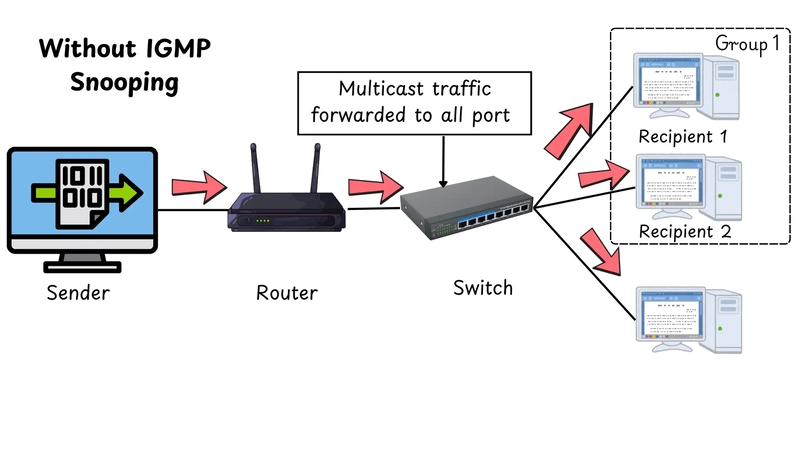










![[DEALS] The Premium Learn to Code Certification Bundle (97% off) & Other Deals Up To 98% Off – Offers End Soon!](https://www.javacodegeeks.com/wp-content/uploads/2012/12/jcg-logo.jpg)
![From drop-out to software architect with Jason Lengstorf [Podcast #167]](https://cdn.hashnode.com/res/hashnode/image/upload/v1743796461357/f3d19cd7-e6f5-4d7c-8bfc-eb974bc8da68.png?#)

















































(1).jpg?width=1920&height=1920&fit=bounds&quality=80&format=jpg&auto=webp#)























































.png?#)








-(1).png?width=1920&height=1920&fit=bounds&quality=80&format=jpg&auto=webp#)
























_Christophe_Coat_Alamy.jpg?#)
.webp?#)
.webp?#)



















































































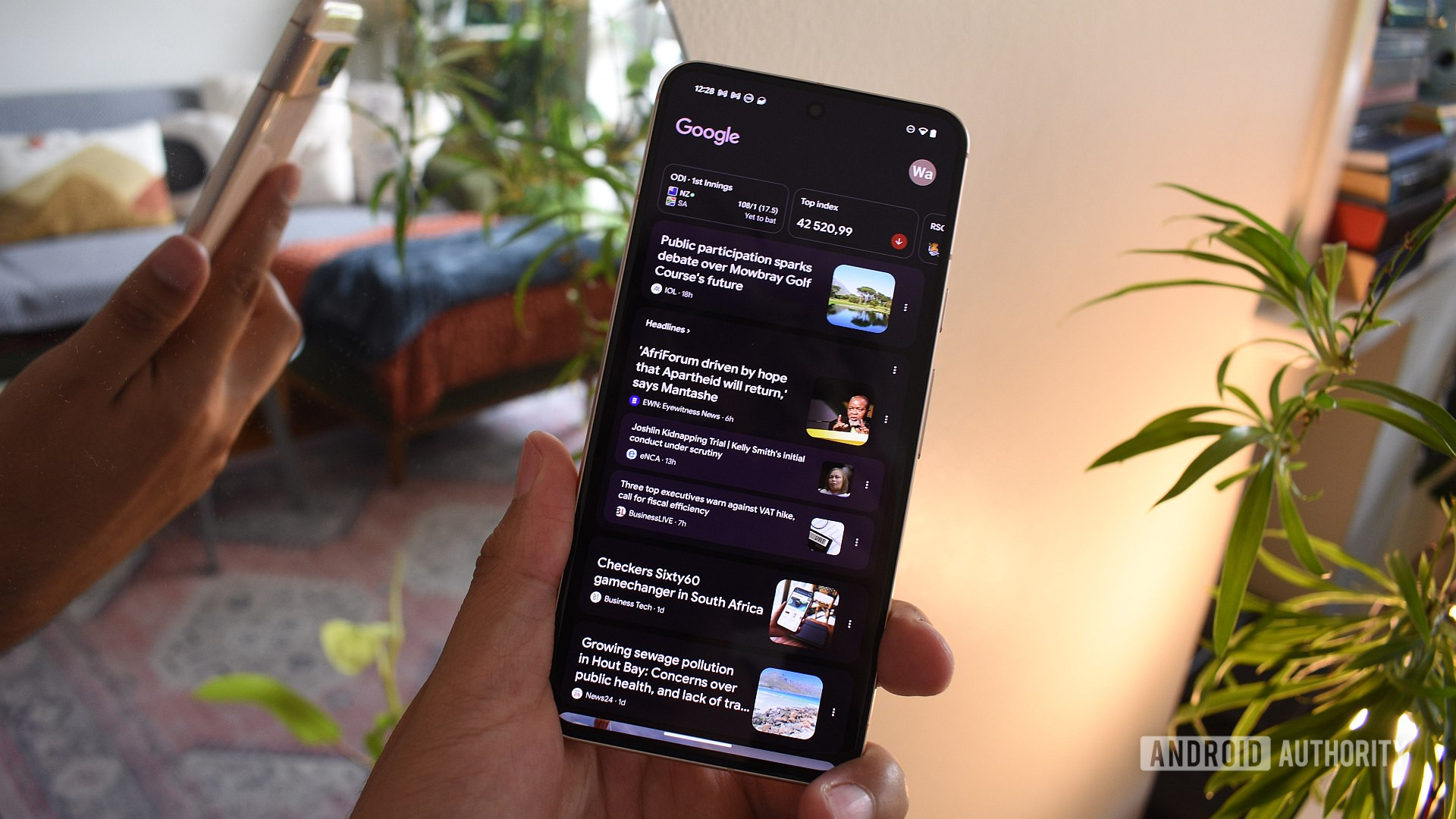
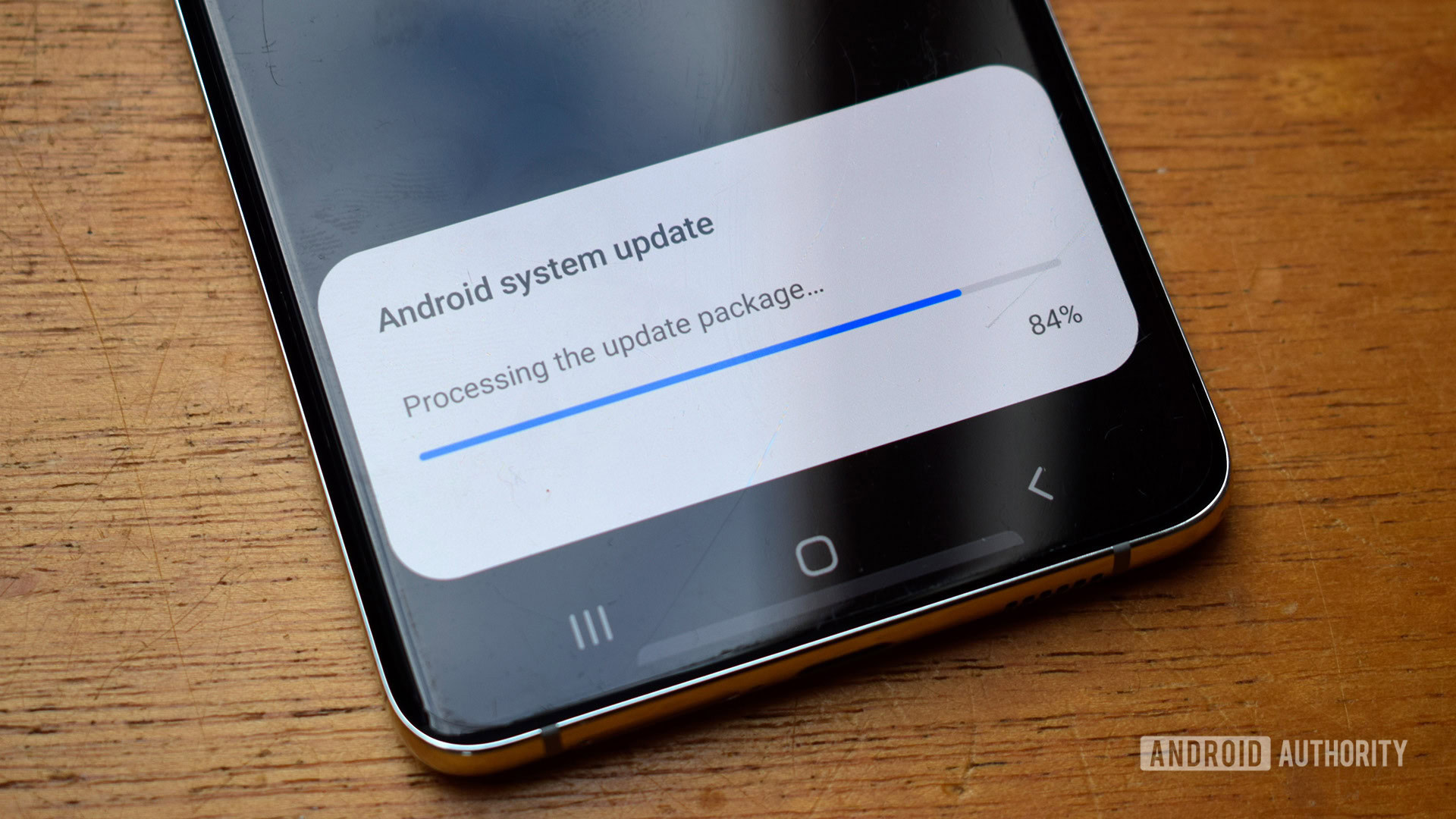
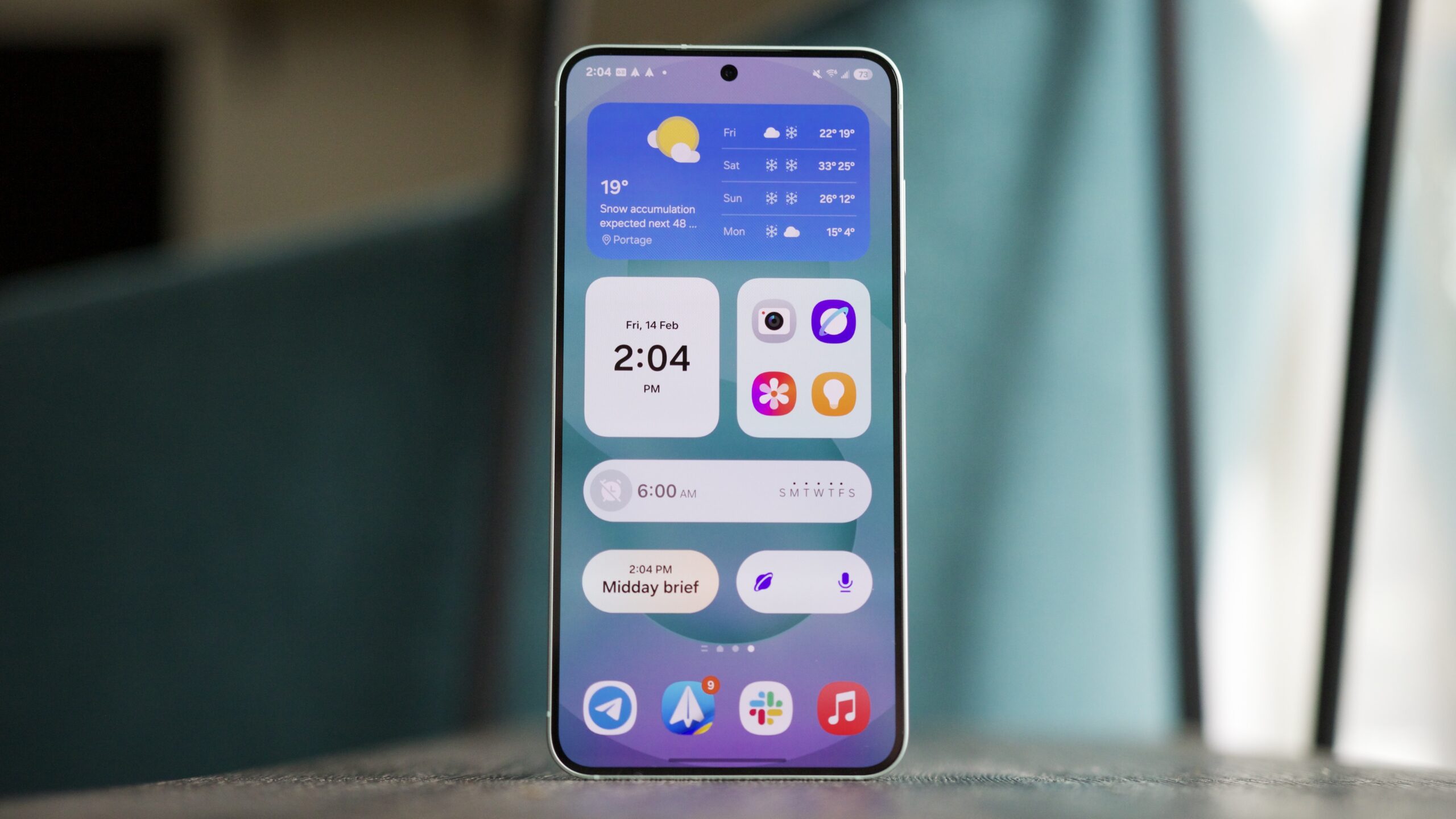




















![Apple Considers Delaying Smart Home Hub Until 2026 [Gurman]](https://www.iclarified.com/images/news/96946/96946/96946-640.jpg)
![iPhone 17 Pro Won't Feature Two-Toned Back [Gurman]](https://www.iclarified.com/images/news/96944/96944/96944-640.jpg)
![Tariffs Threaten Apple's $999 iPhone Price Point in the U.S. [Gurman]](https://www.iclarified.com/images/news/96943/96943/96943-640.jpg)


















